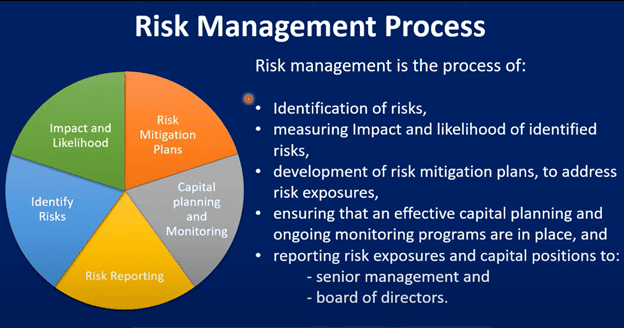As a project manager in the real estate industry, navigating risks and uncertainties is an integral part of your job. Reducing risks, such as market fluctuations, construction delays, or unexpected legal issues, is essential to guarantee the success and profitability of your project.
Today we’ll talk about how project managers view risk management in real estate projects. We’ll also cover important ways to find and handle risks early and how using technology can make risk management better.
Key Insights
- Effective risk management is crucial for the success and profitability of real estate projects
- Thorough planning, effective communication, stakeholder engagement, and contingency planning are key strategies for mitigating risks
- The use of technology, such as advanced tools and software, can streamline risk assessment and decision-making processes
- Artificial intelligence and predictive analytics can provide valuable insights to identify and mitigate risks more efficiently
- Prioritizing risk management in every stage of the project lifecycle is essential for project managers in the real estate industry
Key Strategies for Risk Mitigation
Real estate projects involve numerous stakeholders, varied perspectives, and multiple stages. Top project managers like Boutique Project Management Firm play a critical role in ensuring project success by proactively identifying and addressing potential risks. The following key strategies can help project managers mitigate risks effectively:
Thorough Planning
Careful planning is crucial for managing risks well. Project managers can lower possible risks by doing thorough market research, assessing project feasibility, and spotting potential obstacles. This kind of planning helps project managers predict challenges and create backup plans in advance.
Effective Communication
Good communication is vital to managing risks in real estate projects. Project managers need to set up clear communication with everyone involved, like team members, clients, contractors, and regulators.
Keeping everyone updated, checking risks early, and dealing with issues promptly can help project managers find and handle potential risks.
Stakeholder Engagement
Effective stakeholder engagement is essential to risk mitigation in real estate projects. Project managers must consider the interests of all parties involved. By engaging stakeholders throughout the project lifecycle, project managers can identify potential risks and develop effective solutions to mitigate them.
Contingency Planning
Planning for unexpected situations is another critical aspect of real estate project management. Project managers should get ready for things like going over budget, delays, or not following rules. Making plans in advance helps managers reduce problems and make sure the project goes well.
By employing these key strategies, project managers can proactively mitigate potential risks and ensure smoother project execution and higher profitability in real estate projects.
The Role of Technology in Risk Management
Technology plays a crucial role in real estate projects in enhancing risk management practices. With advanced tools and software, project managers can streamline risk assessment, automate data analysis, and improve decision-making.
One of the key benefits of technology in risk management is the ability to identify and mitigate risks more efficiently. For instance, artificial intelligence and predictive analytics enable project managers to quickly analyze large volumes of data and identify potential risks before they occur.
|
Benefits of Technology in Risk Management |
Examples |
|
Efficient risk assessment |
Automated risk assessment software |
|
Improved decision-making |
Data visualization tools |
|
Real-time risk monitoring |
Automated risk alerts |
Moreover, technology provides real-time risk monitoring, enabling project managers to respond quickly to emerging risks. With automated risk alerts and notifications, project managers can take immediate action and prevent potential setbacks.
Overall, leveraging technology in risk management is critical for project managers to ensure the success of real estate projects. By investing in advanced tools and software, project managers can better identify, mitigate, and monitor risks, ultimately improving project outcomes.
Conclusion
In the real estate industry, project managers need to focus on managing risks to make their projects successful. They should stay alert during the project and be ready to adjust to any changes to achieve the best results. By prioritizing risk management, project managers can increase their chances of success and profitability, benefiting all stakeholders.

Recent Comments